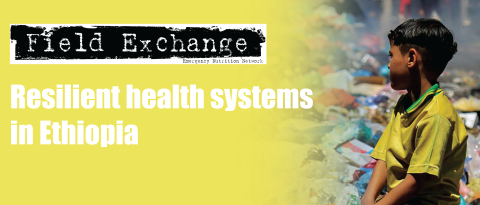Pros and cons of cost-effectiveness thresholds
Research snapshot1
Cost-effectiveness analysis is used to compare the costs and outcomes of alternative policy options. Each resulting cost-effectiveness ratio represents the magnitude of additional health gained per additional unit of resources spent. Many countries use cost-effectiveness analyses and cost-effectiveness ratios to guide their decisions on resource allocation and to compare the efficiencies of alternative health interventions. In 2001, the World Health Organisation (WHO) Commission on Macroeconomics in Health suggested cost-effectiveness thresholds based on multiples of a country’s per-capita gross domestic product (GDP). The Commission suggested that it is reasonable to spend the estimated value of a year of healthy life, per capita, on an intervention that led to a mean of at least one additional year of healthy life per capita. In some contexts, in choosing which health interventions to fund and which not to fund, this and other more recent thresholds based on GDP have been used as decision rules.
However, experience with the use of such GDP-based thresholds in decision-making processes at country level shows them to lack country specificity. In addition, economic models that are often used to generate cost-effectiveness ratios can be inaccurate. This can lead to wrong decisions being made on how to spend healthcare resources. Cost-effectiveness information should be used alongside other considerations, such as budget impact and feasibility, in a transparent decision-making process, rather than in isolation based on a single threshold value. Although cost-effectiveness ratios are undoubtedly informative in assessing value for money, countries should be encouraged to develop a context-specific process for decision-making that is supported by legislation, has stakeholder buy-in (for example, the involvement of civil society organisations and patient groups) and is transparent, consistent and fair.
Footnotes
1Bertram MY, Lauer JA, De Joncheere KD, Edejer T, Hutubessy R, Kieny MP and Hill SR. (2016) Cost-effectiveness thresholds: pros and cons. Bull World Health Organ 2016;94:925–930. http://dx.doi.org/10.2471/BLT.15.164418926


